Minamitsuru District, Yamanashi / 忍野八海(山梨県南都留郡)
Do you know the highest mountain in Japan?
Yes, it is. It is Mount Fuji. Fuji is an active volcano with an elevation of 3,776 metres, and its beautiful snow-capped peaks and graceful footprint are known as one of the most scenic spots in Japan, attracting many tourists from home and abroad.
So where is Mt Fuji located?
Actually, Fuji is located across two prefectures, Yamanashi and Shizuoka. It is also within driving distance from Tokyo.
Well, where is the best place to see it from?
Of course, due to its height, it can be seen beautifully from Tokyo Tower and Enoshima, which we have previously introduced. However, the best spot I am confidently introducing this time is Oshino Hakkai in Oshino Village, Yamanashi Prefecture. It has a long history and the scenery of crystal clear ponds and lush green trees is more than worth visiting. The site was, of course, inscribed as one of the Mt. Fuji UNESCO World Cultural Heritage sites in 2013.
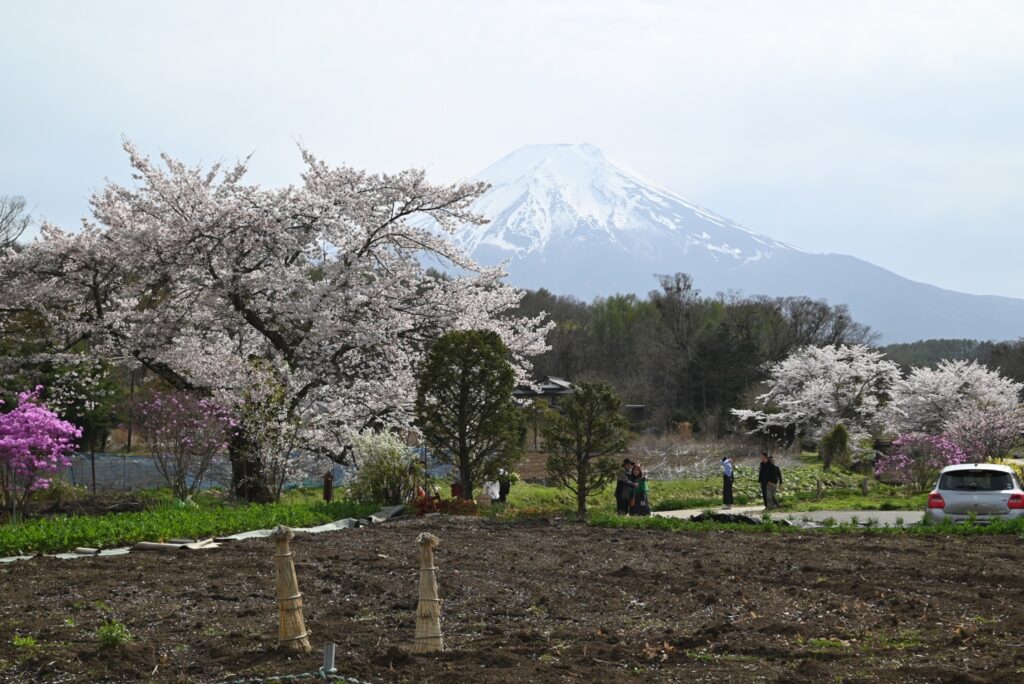
Why did I visit there?
That was when I decided to go out with friends for a playdate on a break just after I visited Tokyo. The plan had been hastily decided the day before, but by this time I had been seeing the big city everywhere and was rather in the mood to escape to a place far away from its busyness. When I rented a car and was looking for a sightseeing spot where I could go on a day trip, Oshinohakkai came up as a candidate. I am ashamed to admit that at the time I thought Mt Fuji was a sightseeing spot that was only worth climbing, but I still remember being speechless with emotion when I visited.
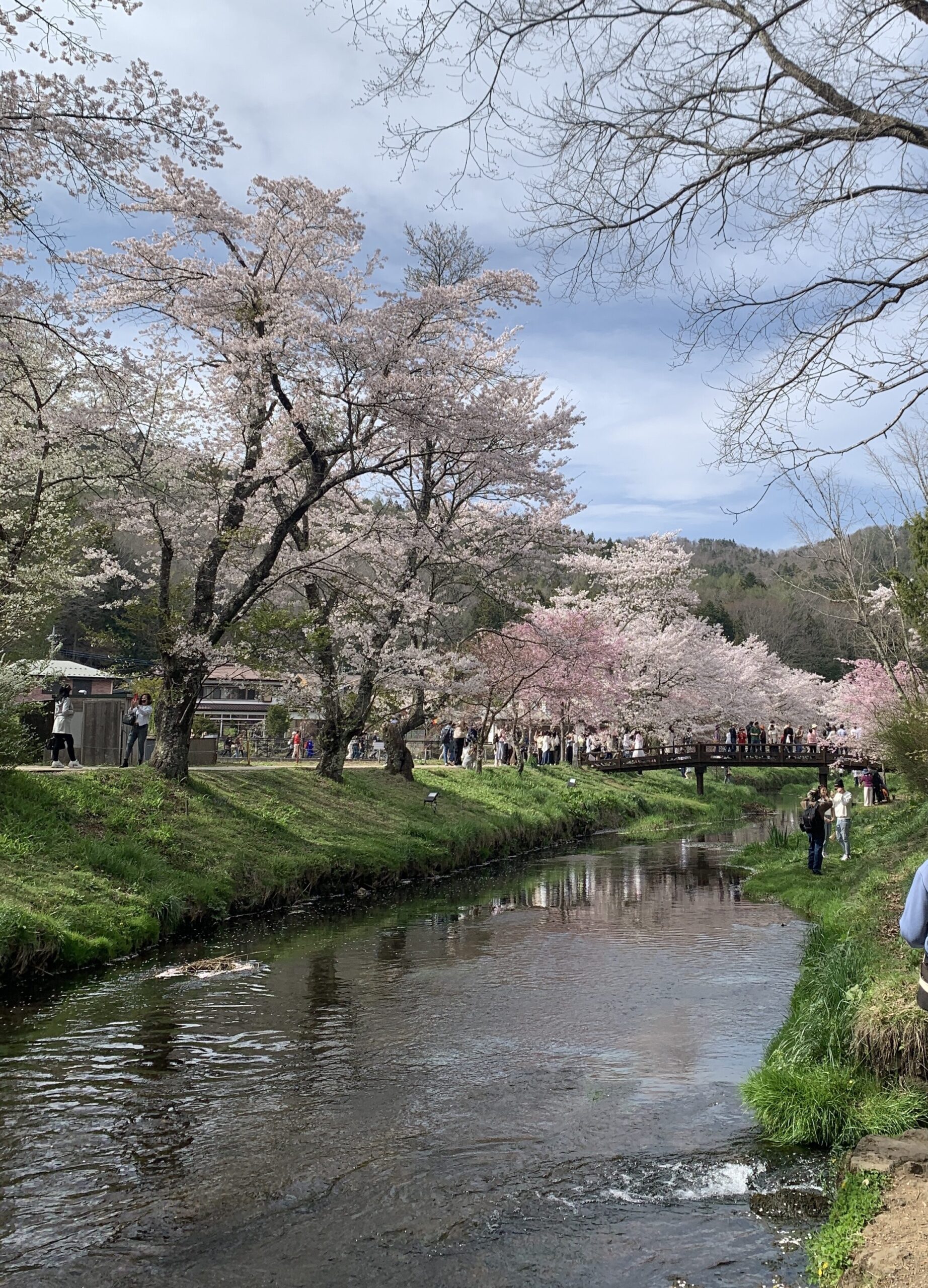
Eight Ponds
忍野八海
Oshino Hakkai refers to the eight seas (in this case ponds) in Oshino (place name). As the name suggests, eight ponds are dotted throughout the place, with clear, sparkling water. These ponds are rich in minerals and spring water filtered over the years from Mt Fuji. It is possible to take the water home in plastic bottles as drinking water.
However, recently many tourists seem to be throwing coins and other items into these ponds. There is a culture of praying at Japanese shrines by putting money into a money box. It may be customary in other countries, for example, to throw money into a fine pond or fountain. So I understand such feelings, but this kind of behaviour is prohibited at Oshino Hakkai. Needless to say, it causes all kinds of damage to clean water, habitats and landscapes, so everyone should refrain from doing so.
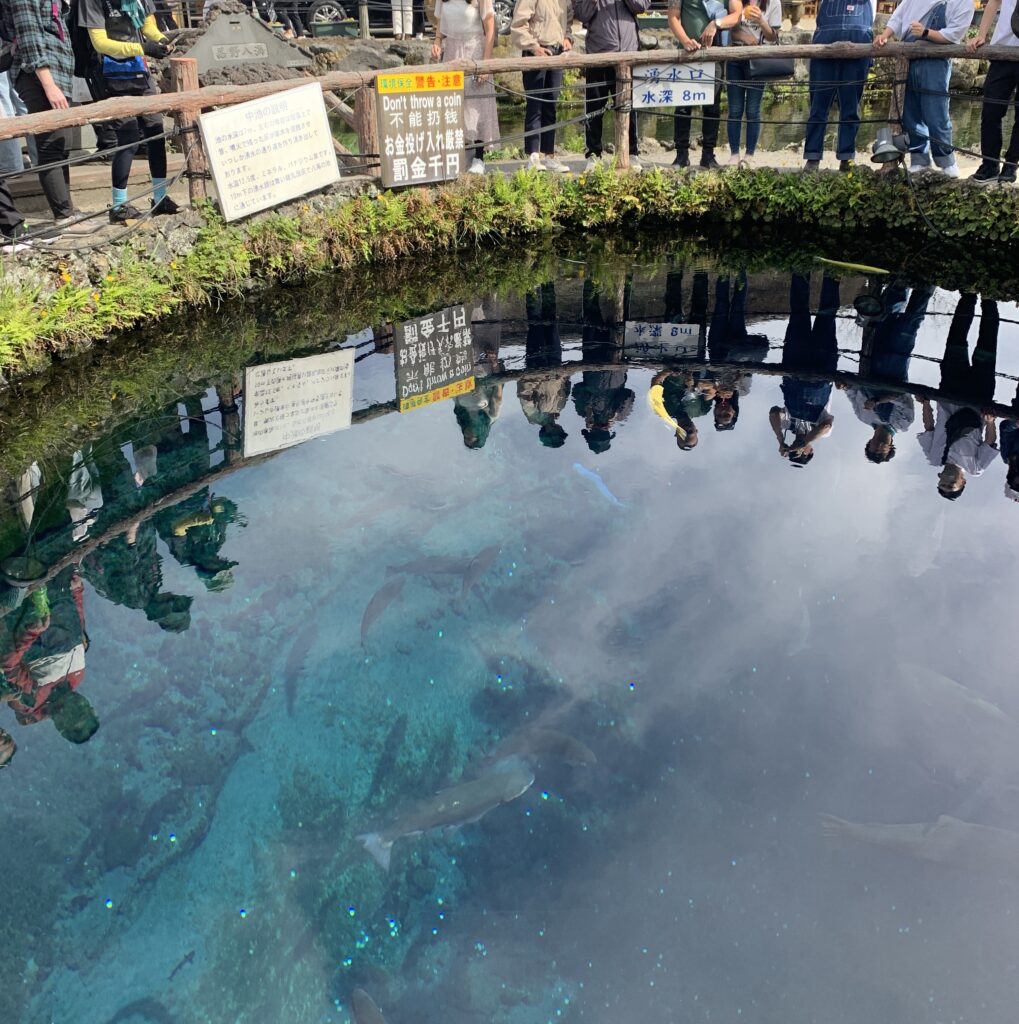
Photo Gallery
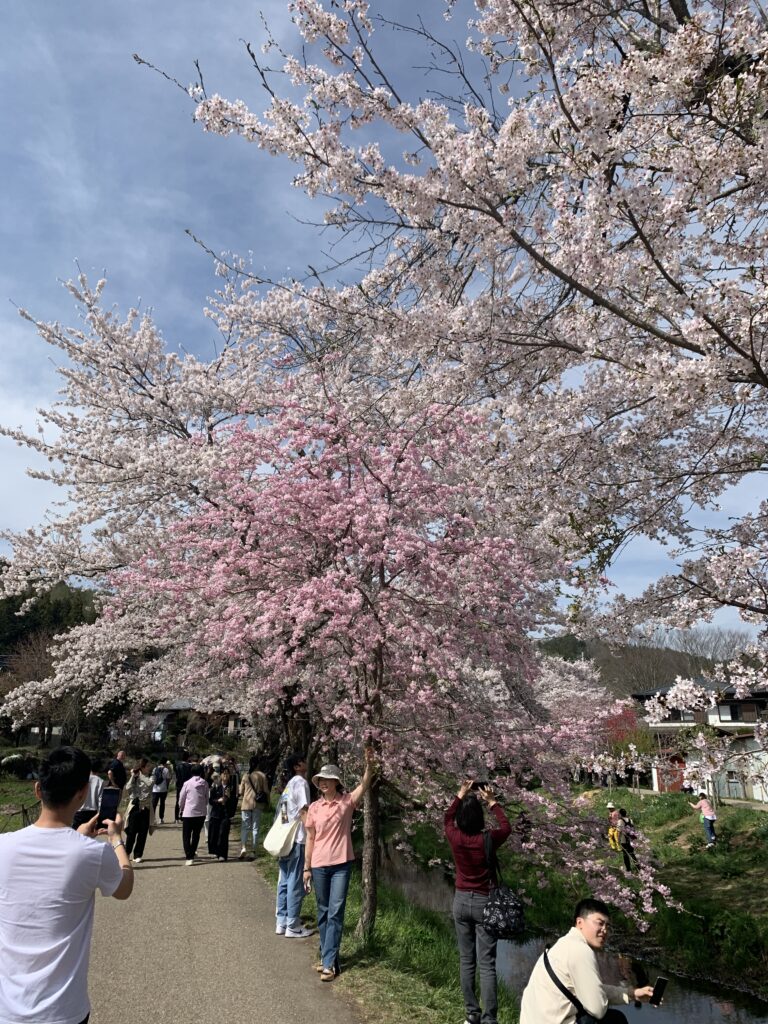
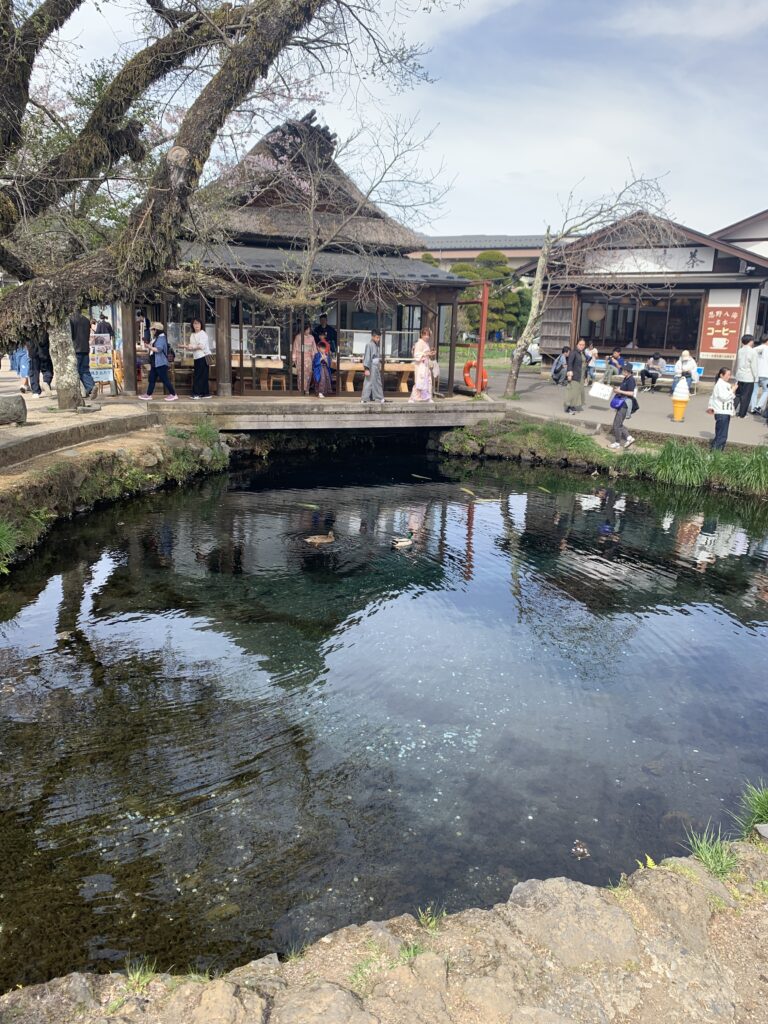
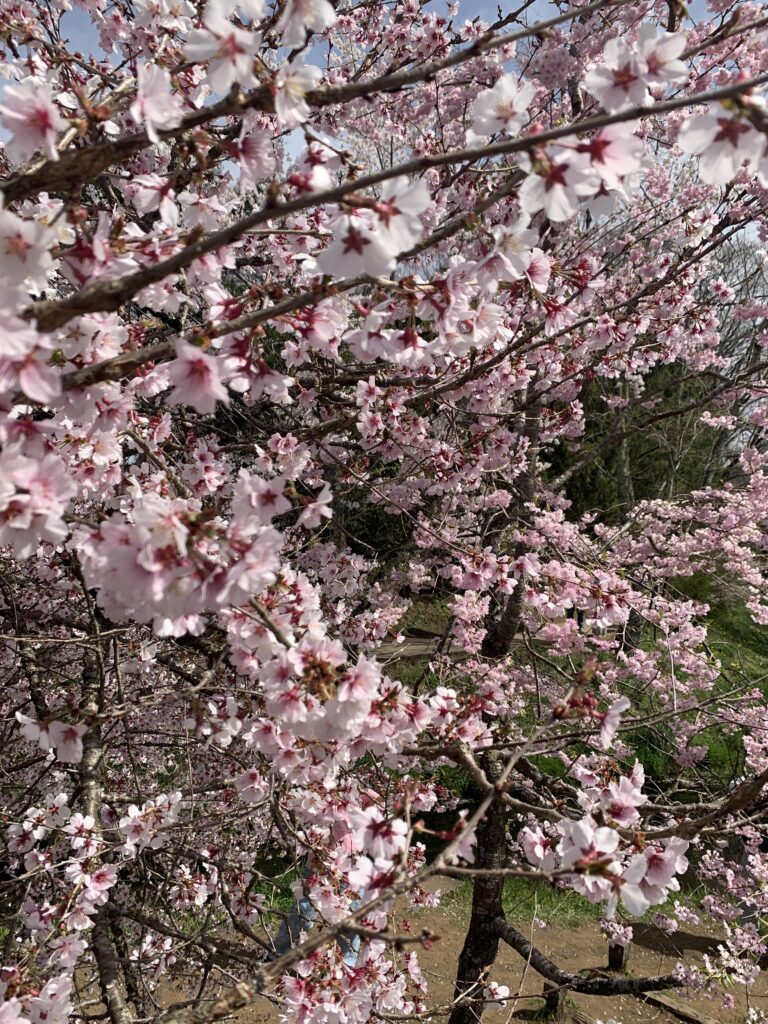
How do I get to Oshino Hakkai?
- 140 minutes by bus from Shinjuku Station
- 100 minutes drive from Tokyo Station
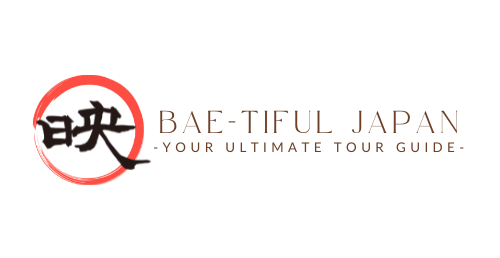
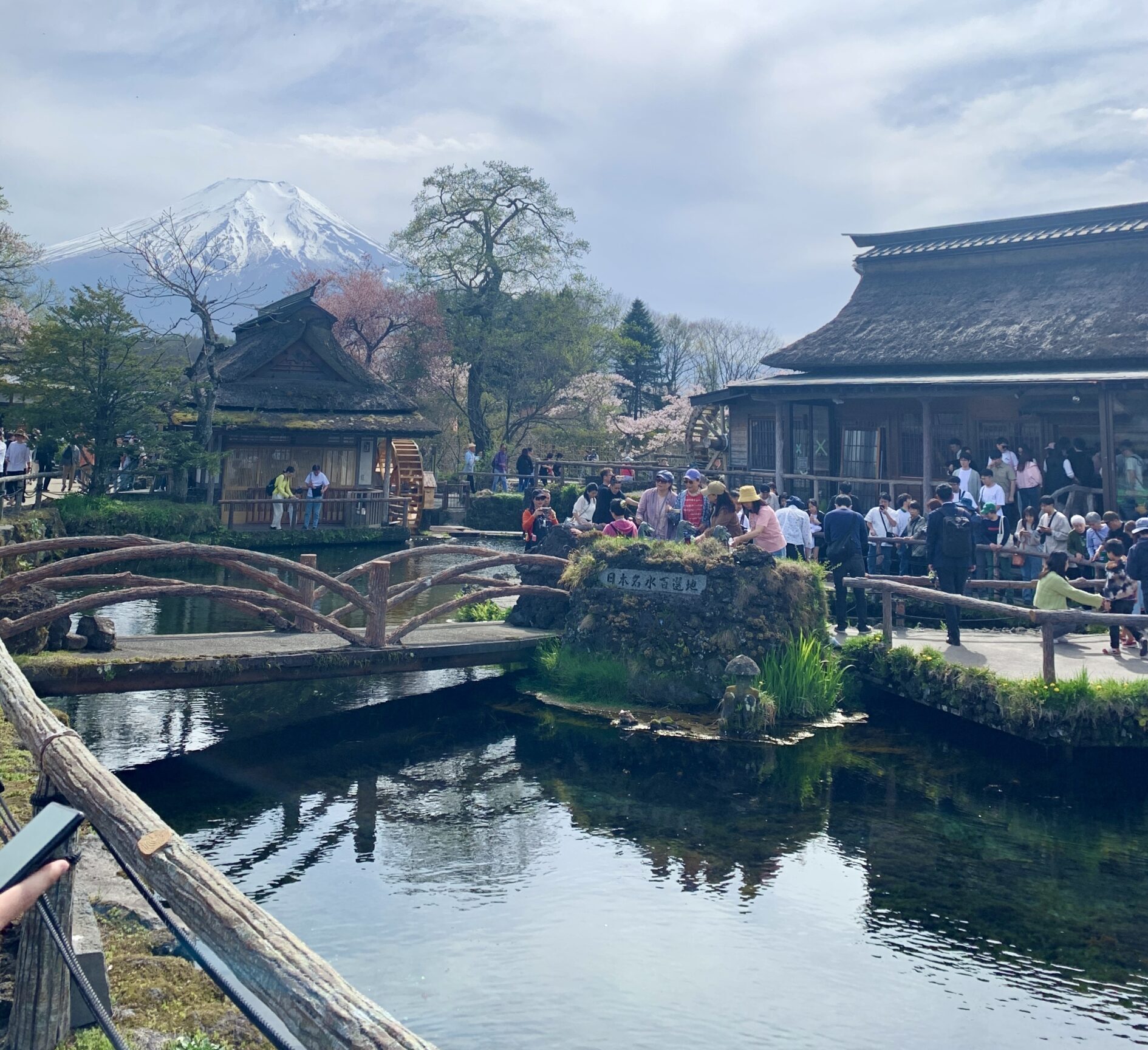


Comment I really appreciate your comments ^^